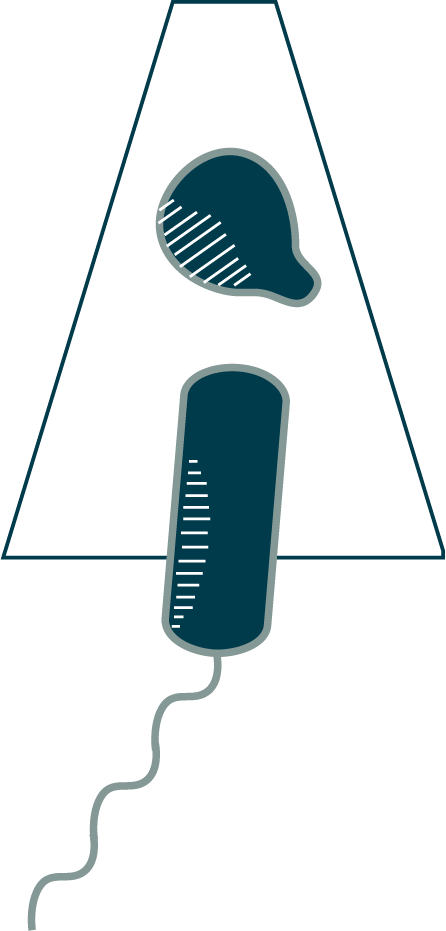How else can you protect your cell from the rigors of a harsh world? What about encasing it in an armored shell a la the armadillo? Many bacteria (both monoderms and diderms) and archaea use modular proteins for this purpose, interlocking Lego-block-like pieces into a shell called the surface layer. This must offer a significant evolutionary advantage since up to 15% of the total protein in the cell can be found in the structure. In fact, surface layers play many roles for cells, but one of their main functions for bacteria is as a gatekeeper, preventing large things like viruses from reaching the membrane.
Surface layers are crystalline lattices, and they can be striking in appearance, as on this Caulobacter crescentus cell. Amazingly, the lattice is made from (many copies of) a single protein (⇩). The pinwheel-like subunits interact laterally, leaving pores large enough for nutrients to pass through, but too small for viruses. The modular nature of the lattice means that units can be popped in as the cell grows, or popped out to allow a cell appendage to poke through. They even accommodate vesicles (⇩).






